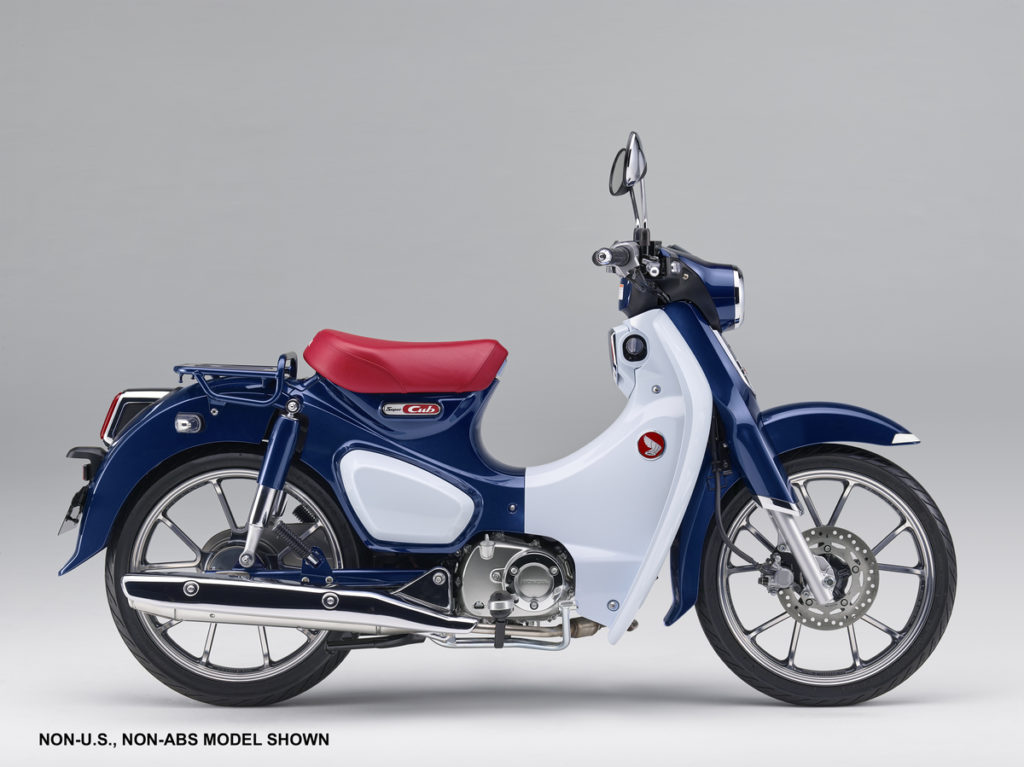From the National Anthropological Archives at the Smithsonian: Jazz Age archaeologist Jesse Walter Fewkes and co-workers showing off their anti-mosquito gear while working at the Weeden Island archaeological site in Florida, 1923.
You begin to interest me…vaguely
From the National Anthropological Archives at the Smithsonian: Jazz Age archaeologist Jesse Walter Fewkes and co-workers showing off their anti-mosquito gear while working at the Weeden Island archaeological site in Florida, 1923.

Hobley’s Heroes is an online archive that shows something of life as an archaeologist digging in London in the 1970s and 1980s, including dig site photos and an fanzine-like comic/workplace newsletter. Brian Hobley, Chief Urban Archaeologist, was their boss. It’s a fascinating repository that includes some far out field fashion and a glossary of the digger’s argot (“If in doubt, rip it out” was in use at least as early as 1974).

In 1858, William Parker Foulke was shown some large bones that had been dug out of a marl pit in Haddonfield, New Jersey, two decades earlier. Foulke and Joseph Leidy then dug up more bones from the site and named the dinosaur Hadrosaurus foulkii. Some earlier, more fragmented dinosaur remains had been found earlier in the nineteenth century, but Hadrosaurus was the first more or less complete dinosaur skeleton.
The original dig site is now in a park in Haddonfield. A plaque, interpretive sign, and a picnic table with toy dinosaurs you can play with commemorate the find. A statue of Hadrosaurus can be found a few minutes away in downtown Haddonfield.

Honda is releasing the newest version of one of the most iconic and best-selling motorcycles in the world, the Super Cub C125, in the United States.
Available only in a red, white and blue colorway, the Super Cub has a four-speed semi-automatic transmission, 125cc engine, and more style than most bikes twice its size.

The Super Cub, in various formats, has been around since 1958, but hasn’t been sold in the U.S. since the 1980s (when it was called the Honda Passport). The Super Cub also was the inspiration for one of the most significant advertising campaigns, introduced in 1963:
The Super Cub, and its variants, have been sold continuously in other parts of the world. The U.S. version will be released in 2019 and has a list price of only $3,599.
How Darn Tough makes their socks in Vermont, via Gear Patrol.
Allison Meier on 1940s artist Gloria Stoll Karn, who illustrated the covers of pulp mags from Dime Mystery to Rangeland Romances.
New on the Jazz Age Adventurers page: Leonard Woolley: Prelude to Ur
“A tiresome little man but a first class digger and an archaeologist after my own heart” – Gertrude Bell
The Vermont Archaeological Society is celebrating their 50th anniversary this year, and they have not only made pdfs of their journal free to download, they have also made membership in the Society free.
The Journal of Vermont Archaeology has been published since 1994. In it, you can read about the squabble over who discovered Vermont’s first Paleoindian site.
Victor Rolando’s monograph 200 Years of Soot and Sweat: The History and Archeology of Vermont’s Iron, Charcoal, and Lime Industries, originally published in 1992, is also available for download at their site.

In 1927, the Folsom site in New Mexico, which contained the distinctive fluted stone points of the same name directly associated with an extinct species of bison, was identified by archaeologists as the first Paleoindian site. In conjunction with the similar, but earlier, Clovis fluted points found at Blackwater Draw a few years later, these two sites provided clear evidence that humans had been present in the United States since the end of the Pleistocene.
As these discoveries became publicized and archaeologists looked for more examples of early sites, it soon became apparent that fluted points had been found in many states by amateur antiquarians, often as surface finds. Without good contextual data, however, no one had realized how old these points actually were.
In 1929, Vermont collector Benjamin Fisher read an article about the Folsom site in the New York Herald Tribune. He immediately wrote a letter to the scientist mentioned in the paper, Barnum Brown, at the American Museum of Natural History:
From Curbed:
The focus on dense, walkable, multimodal urbanism, regardless of the size of the city or town, was a common feature of areas the Fallows felt were bouncing back. Many cities are taking advantage of their 19th-century building stock, investing in historic preservation and adaptive reuse. They’re also adding art and music spaces, showcasing how small-town urbanism is alive and well.